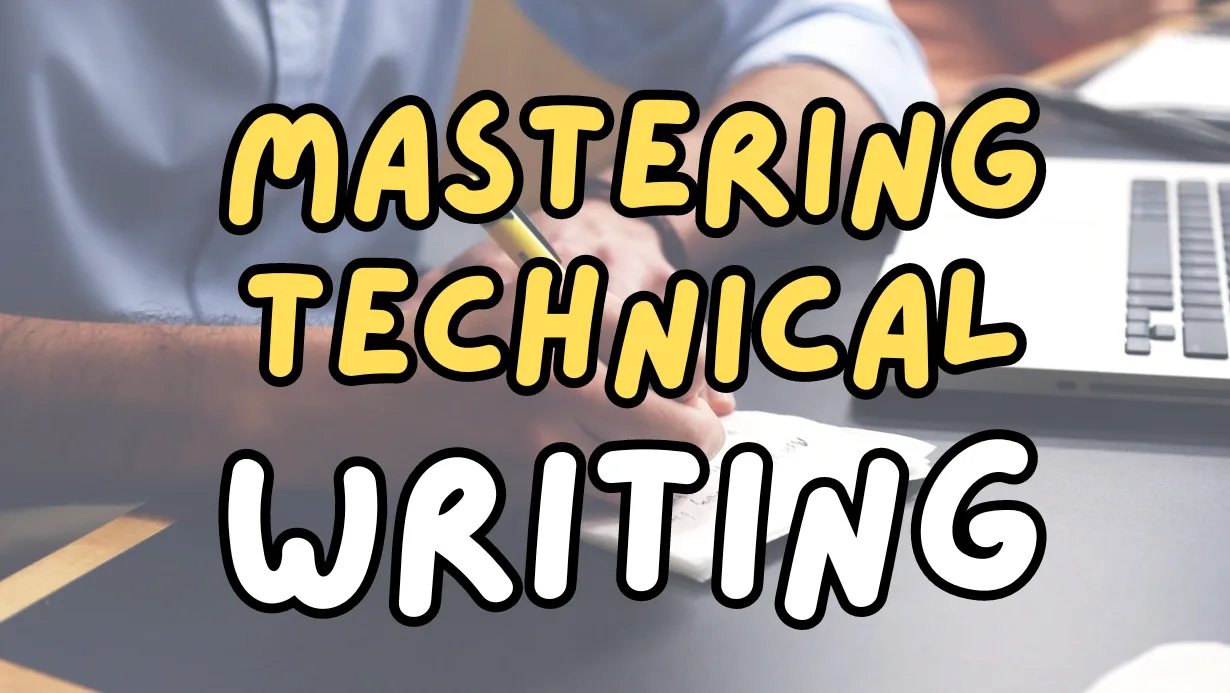Mastering Technical Writing: Technical writing is a specialized form of writing that involves conveying complex information in a clear, concise, and accessible manner. Whether you are drafting user manuals, instructional guides, or technical reports, the goal is to communicate technical information effectively to the intended audience.
Here is a step-by-step guide to mastering the art of technical writing:
Understand Your Audience
The first and most crucial step in technical writing is understanding who your audience is. Identify their level of expertise, familiarity with the subject, and what they need from your document.
Are they beginners, intermediate users, or experts?
Tailor your language, tone, and depth of information accordingly to ensure that your content is accessible and relevant.
Define the Purpose and Scope
Clearly define the purpose of your document.
What problem does it solve?
What key points do you need to address?
Establishing a clear purpose and scope ensures that your writing stays focused and that the information provided is relevant to the user’s needs.
Research and Gather Information
Conduct thorough research to gather all necessary data, statistics, and facts. This may involve interviewing subject matter experts, reviewing existing documentation, or testing the product or software yourself. Accurate and reliable information is the foundation of effective technical writing.
Organize Your Content
Organize the information logically. Use headings, subheadings, bullet points, and numbered lists to break down complex topics into manageable sections. Outlining your content before writing can help you maintain a clear structure and flow, making it easier for readers to follow and understand.
Write in Clear, Concise Language
Technical writing should be straightforward and free of unnecessary jargon. Use simple language, short sentences, and active voice to make your content easy to read. Avoid long-winded explanations; aim to convey information in the most direct way possible.
Use Visuals to Enhance Understanding
Incorporate visuals like diagrams, screenshots, tables, and charts to support your text. Visual aids can make complex information easier to grasp and can significantly enhance the reader’s comprehension of the material. Always label visuals clearly and reference them appropriately within the text.
Focus on Formatting and Layout
Good formatting improves readability. Use consistent fonts, headings, and styles throughout the document. Proper alignment, white space, and page layout contribute to a professional appearance and make the content more inviting to read.
Edit and Revise Thoroughly
Editing is an essential step in the technical writing process. Check for clarity, consistency, grammar, and technical accuracy. Revise sentences that may be ambiguous or overly complex. Ensure that all technical terms are defined or explained, and that instructions are easy to follow.
Test Usability
If possible, have someone from the intended audience review your document. Usability testing can reveal areas where the information may be confusing or incomplete. Feedback from real users is invaluable in refining your content and making it more user-friendly.
Proofread for Errors
Before finalizing your document, proofread it carefully for spelling, punctuation, and formatting errors. A polished, error-free document reflects professionalism and ensures that your information is taken seriously.
Publish and Update as Necessary
Once your document is complete, publish it in the appropriate format, whether it’s a printed manual, online help guide, or downloadable PDF. Technical content often needs updating, so be prepared to revise your document regularly to reflect changes in technology, processes, or user feedback.
Effective technical writing is a skill that requires practice and attention to detail. By following these steps, you can create documents that are not only informative but also engaging and easy to understand.
Whether you’re a beginner or an experienced writer, mastering the art of technical writing can greatly enhance your communication skills and ensure your message is clearly conveyed to your audience.
